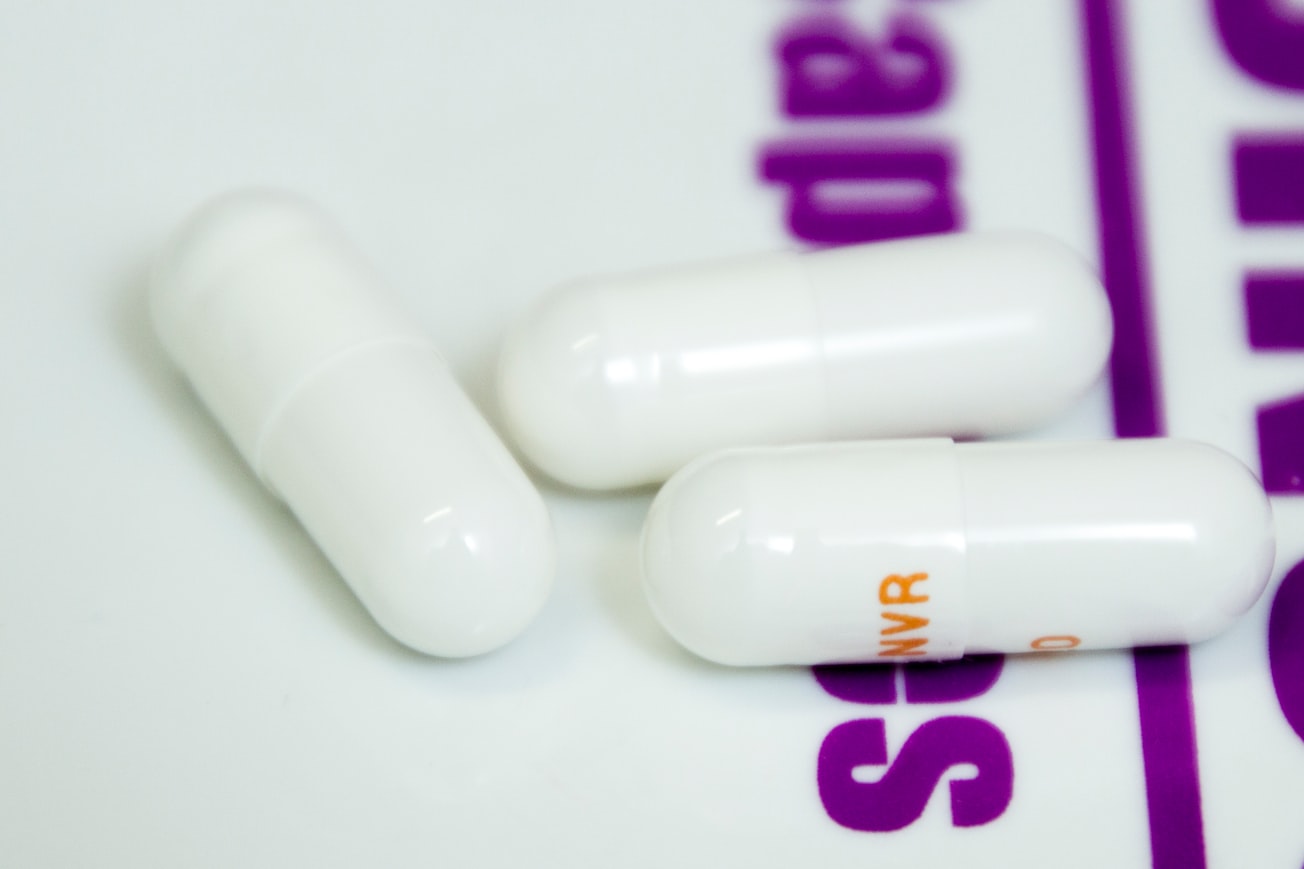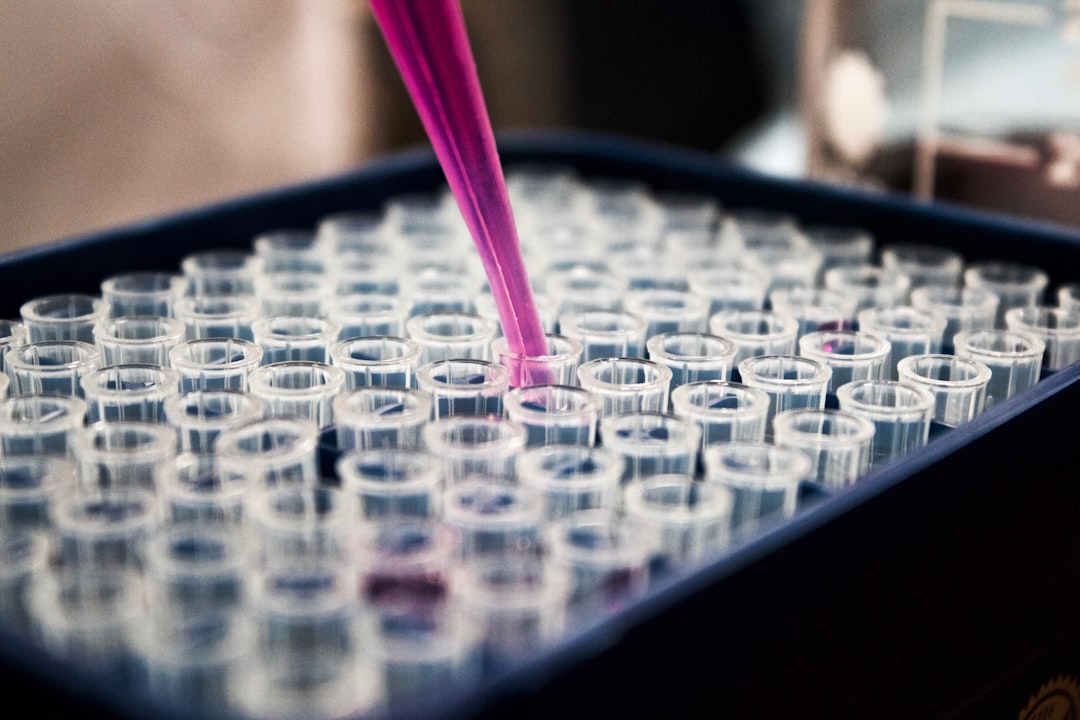What is it about?
The substrate specificity of wild-type human phenylalanine monooxygenase (wt-hPAH) has been investigated with respect to the mucoactive drug, S-carboxymethyl-L-cysteine and its thioether metabolites. The ability of wt-hPAH to metabolise other S-substituted cysteines was also examined. Wt-hPAH catalysed the S-oxygenation of S-carboxymethyl-L-cysteine, its decarboxylated metabolite, S-methyl-L-cysteine, and both their corresponding N-acetylated forms. However, thiodiglycolic acid was not a substrate. The enzyme profiles for both L-phenylalanine and S-carboxymethyl-L-cysteine showed allosteric kinetics at low substrate concentrations, with Hill constants of 2.0 and 1.9, respectively, for the substrate-activated wt-hPAH. At higher concentrations, both compounds followed Michaelis–Menten kinetics, with non-competitive substrate inhibition profiles. The thioether compounds, S-ethyl-L-cysteine, S-propyl-L-cysteine and S-butyl-L-cysteine were all found to be substrates for phenylalanine monooxygenase. Phenylalanine monooxygenase may play a wider role outside intermediary metabolism in the biotransformation of dietary-derived substituted cysteines and other exogenous thioether compounds.
Featured Image

Photo by Hush Naidoo on Unsplash
Why is it important?
This is the first reported paper of the role of human phenylalanine $-monooxygenase in the S-oxidation of thioether xenobiotics.
Read the Original
This page is a summary of: Human phenylalanine monooxygenase and thioether metabolism, Journal of Pharmacy and Pharmacology, January 2009, Wiley,
DOI: 10.1211/jpp.61.01.0009.
You can read the full text:
Contributors
Be the first to contribute to this page










